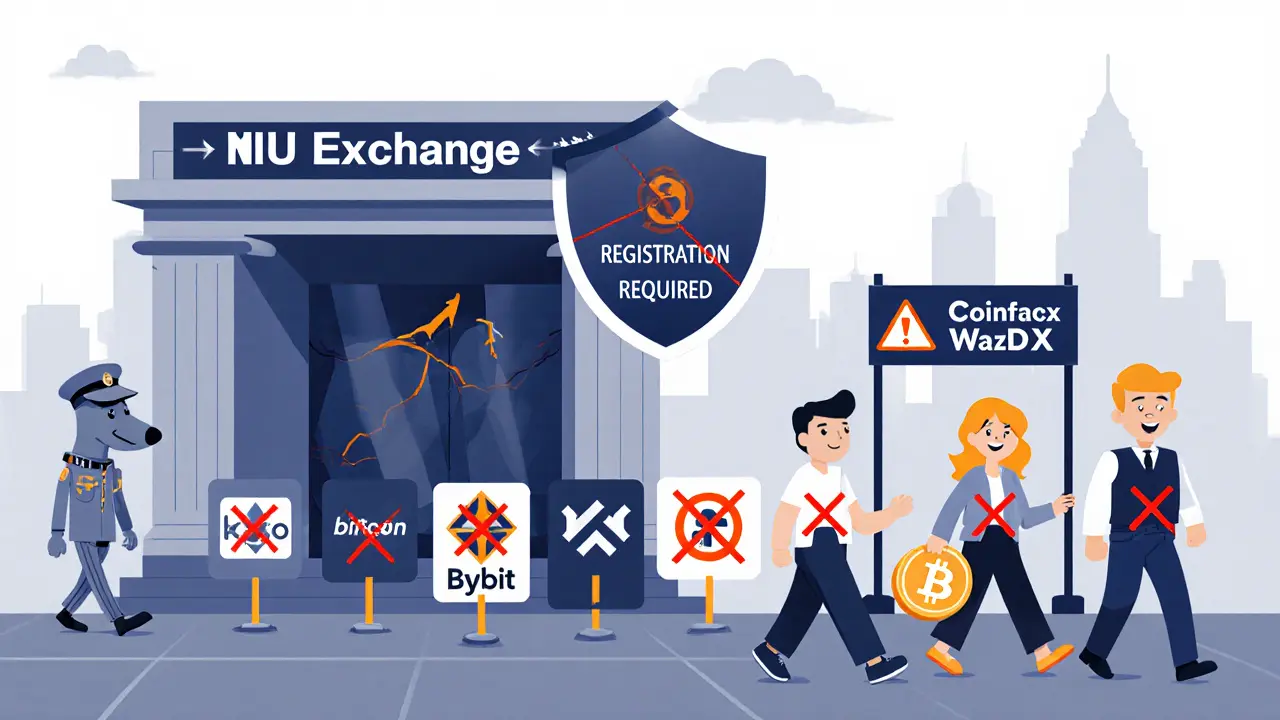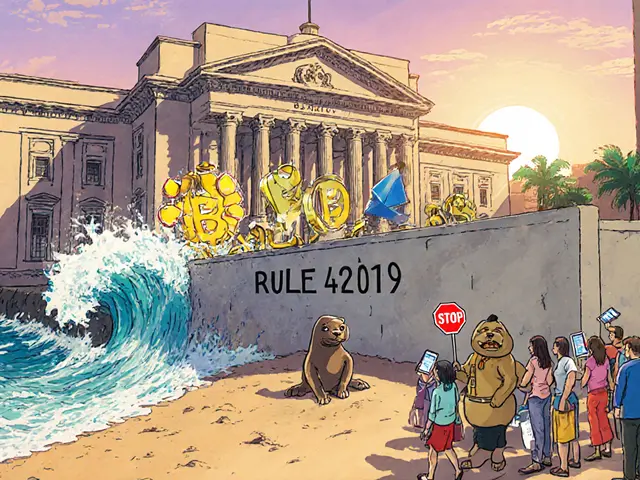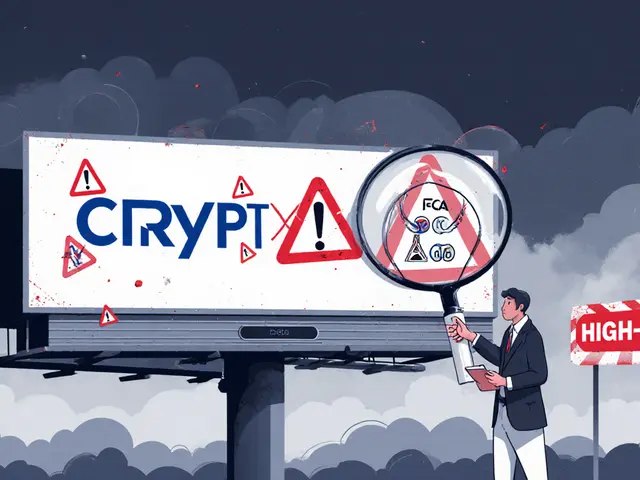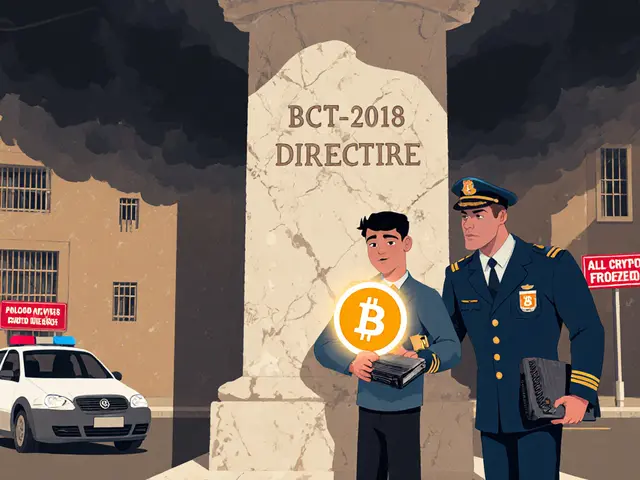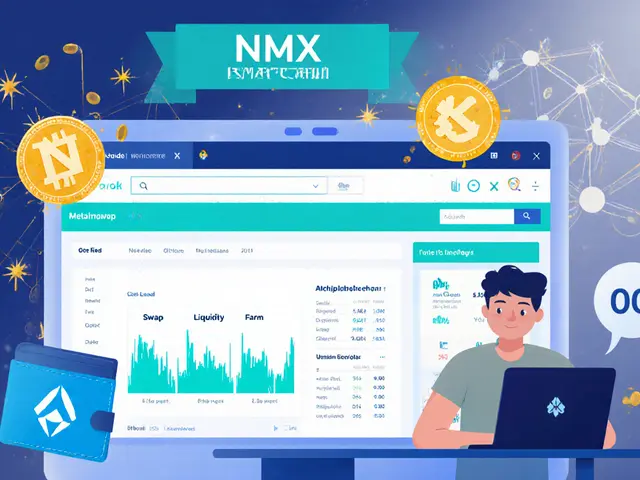Binance India Ban: What Happened and What It Means for Crypto Users
When Binance India, the Indian arm of the world’s largest crypto exchange stopped serving users in 2023, it wasn’t because crypto was banned in India—it was because FIU-IND, India’s Financial Intelligence Unit responsible for tracking suspicious crypto transactions demanded registration, and Binance refused. This isn’t a story about outlawing digital assets. It’s about compliance, control, and who gets to operate in India’s growing crypto market. Millions still trade crypto here, but now they have to use platforms that play by India’s rules.
The Binance India ban, a forced exit after years of operating without formal licensing was the result of India’s shift from silence to strict enforcement. While the Supreme Court lifted a banking ban on crypto in 2020, regulators didn’t stop there. By 2022, FIU-IND started requiring all crypto exchanges to register, report user data, and implement strict KYC. Binance, like many global platforms, chose to walk away rather than comply. Meanwhile, exchanges like CoinDCX, a homegrown platform that registered with FIU-IND and now operates legally, stayed open. The difference? One followed the law. The other didn’t.
If you’re still using Binance or any unregistered platform from India, you’re not breaking crypto laws—you’re breaking financial reporting rules. Your funds aren’t automatically seized, but you lose legal protection. If something goes wrong—hacked accounts, frozen withdrawals, or fake trading pairs—you have no recourse. India doesn’t ban crypto. It bans unlicensed gateways. That’s why the legal exchanges now focus on transparency: real KYC, real audits, real reporting. And that’s why the posts below cover everything from how to spot a banned exchange to what happens if you use one, and which platforms actually passed India’s test.

